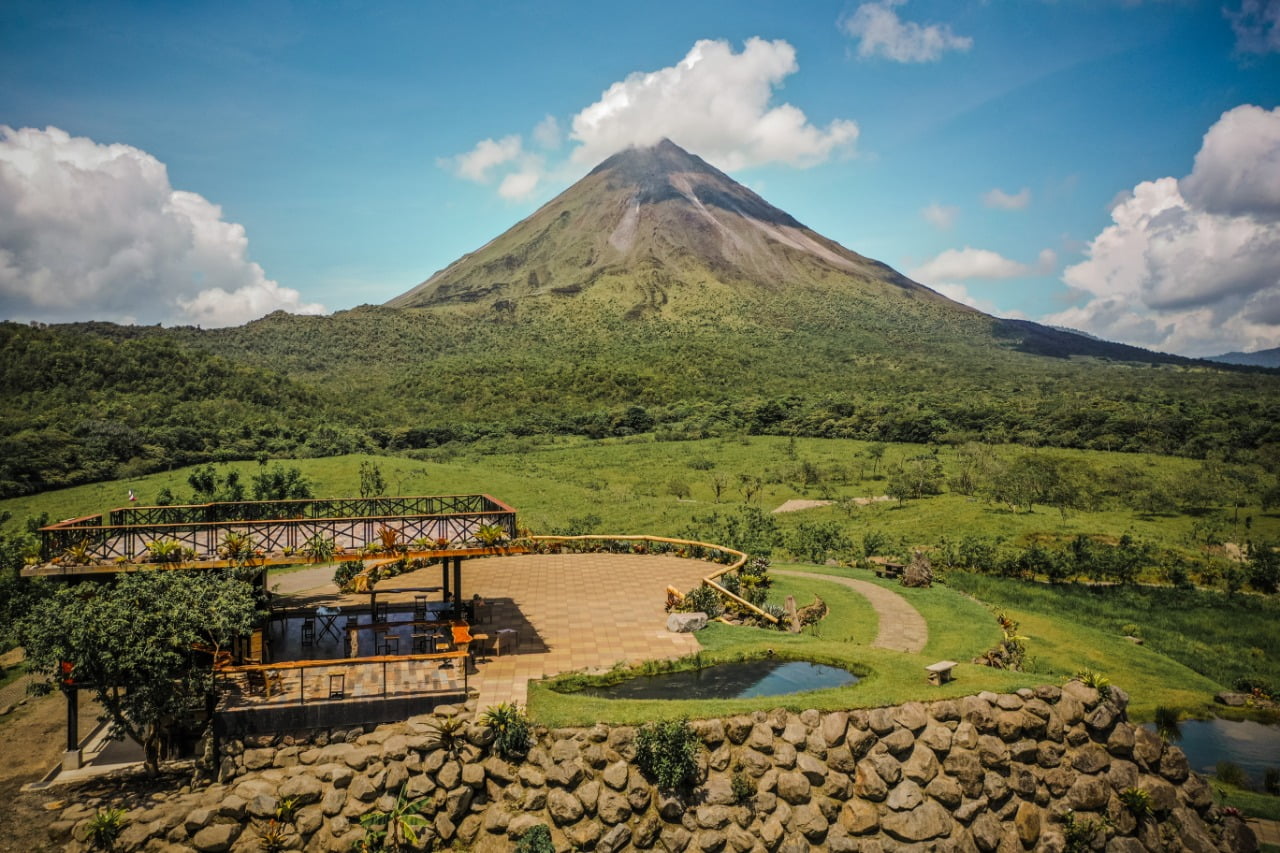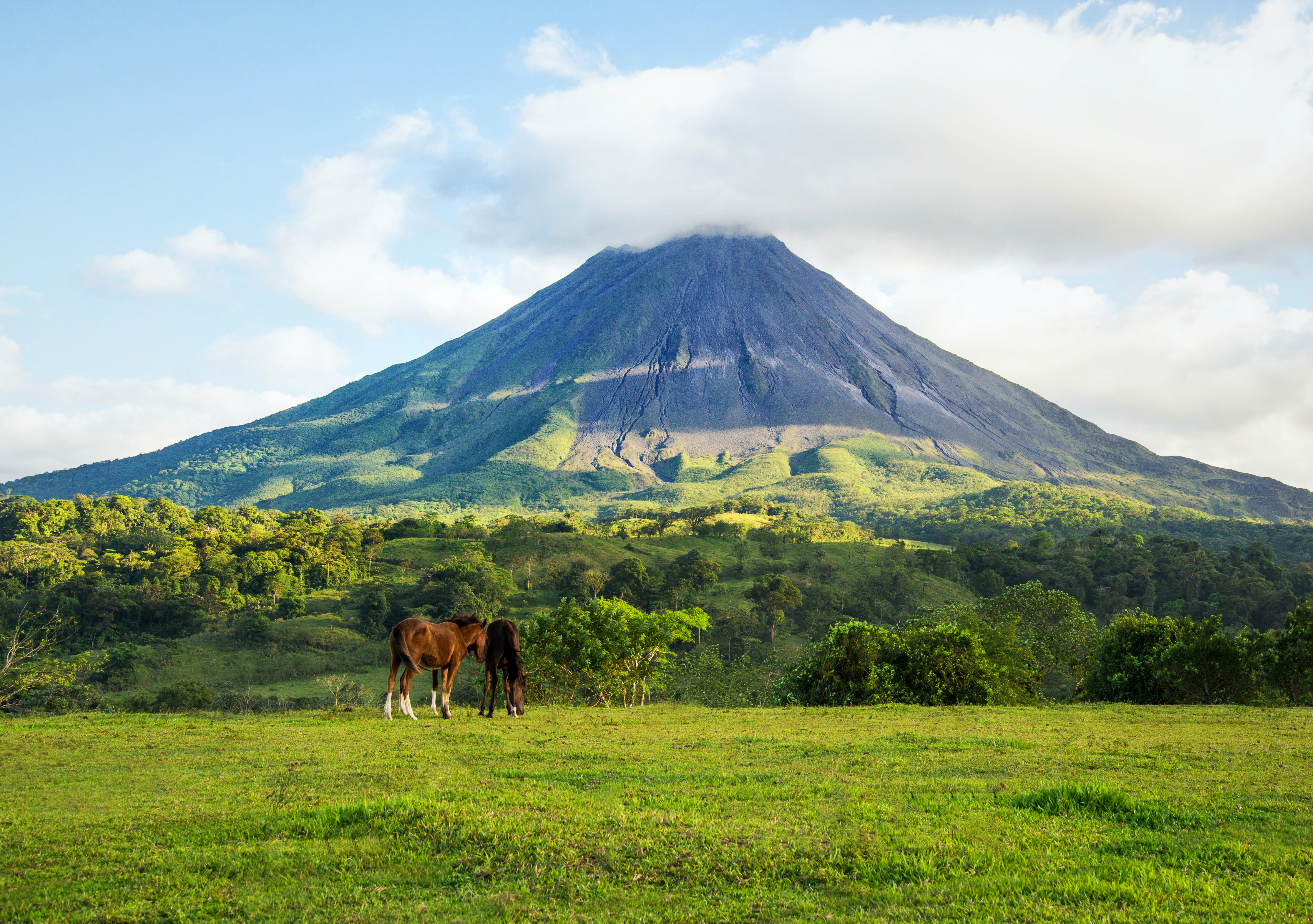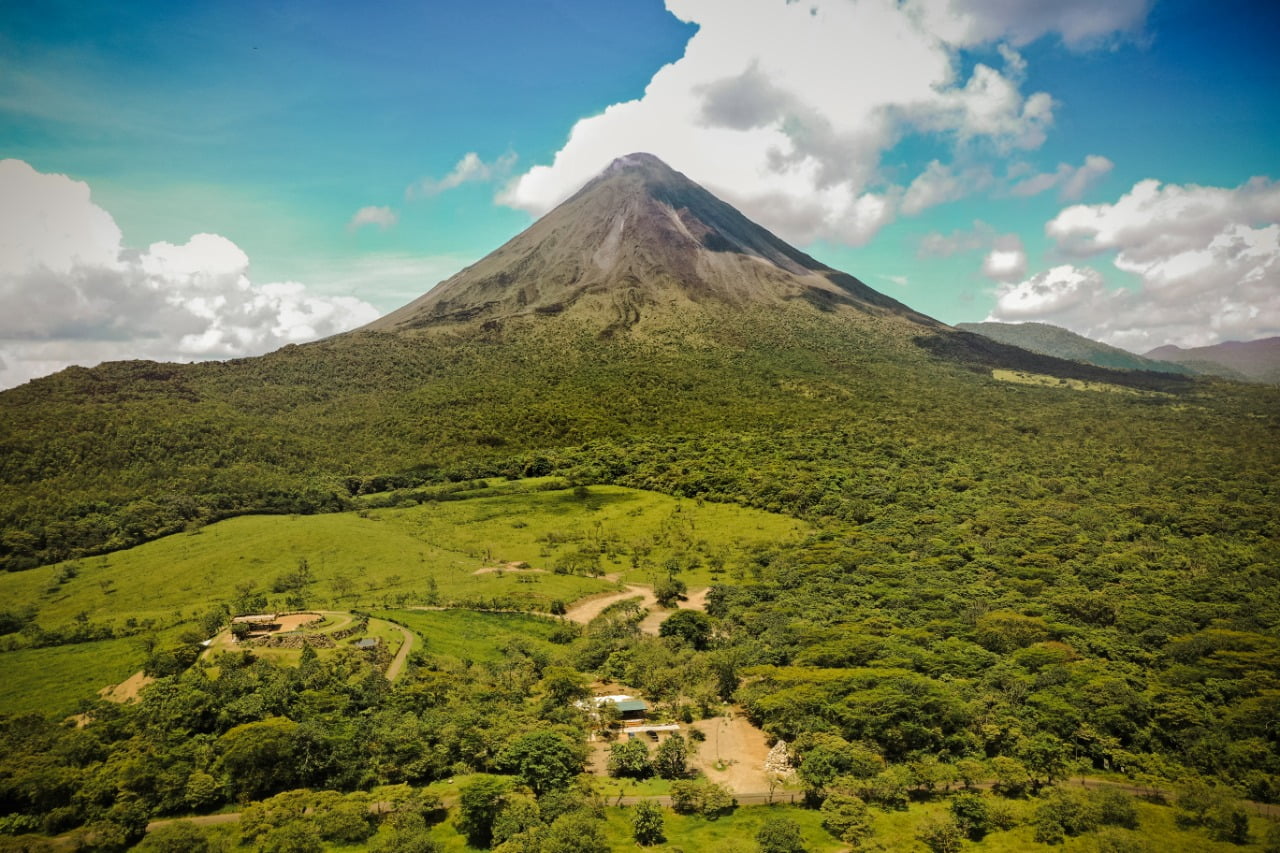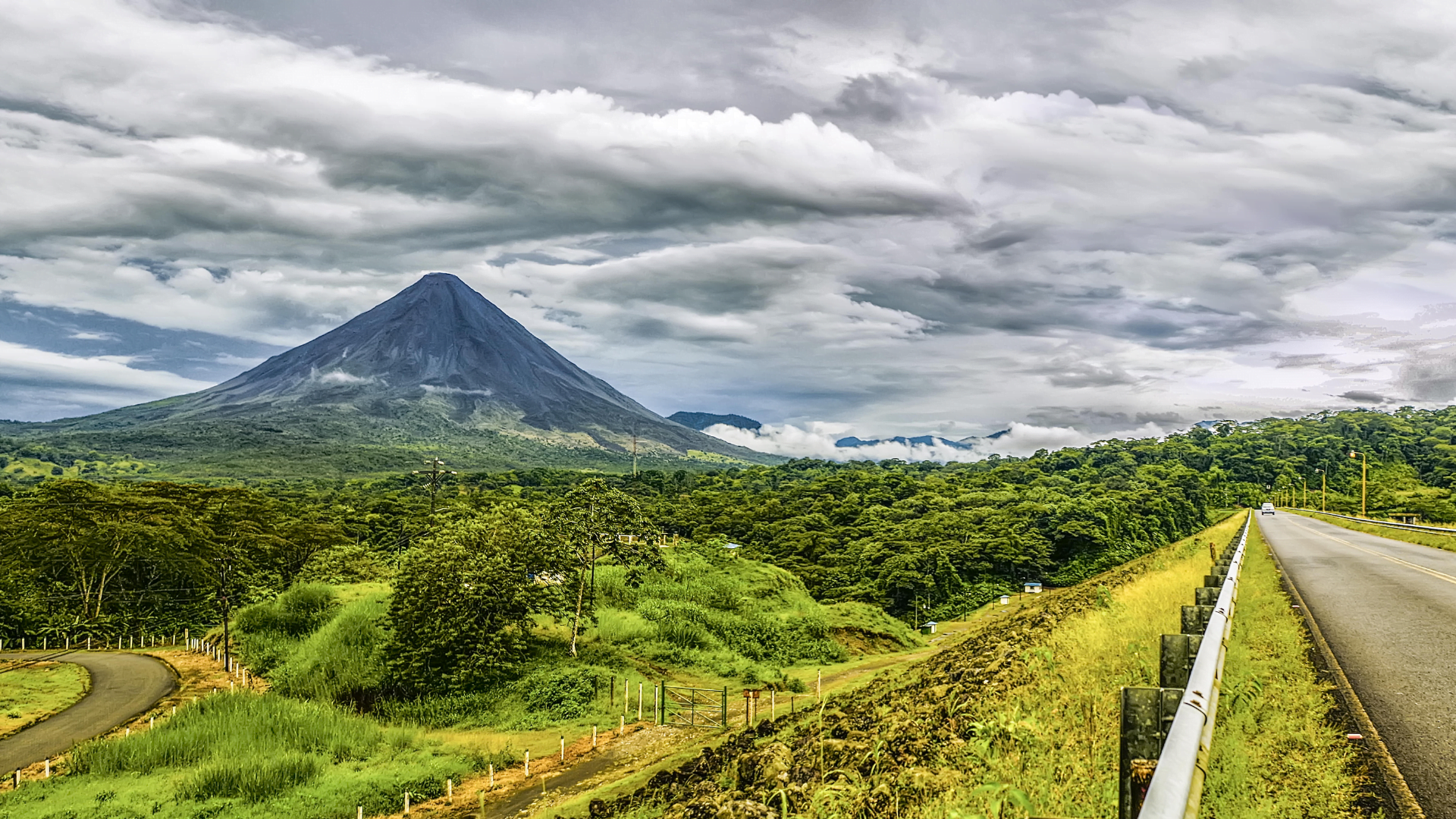Arenal Volcano Park 1968 Trails
Prices
Welcome to Arenal 1968, a remarkable destination that combines breathtaking views, historical significance, and thrilling trails that transport you back to the eruption of 1968. While often associated with Arenal Volcano National Park, Arenal 1968 is a separate conservation area with unique trails and features.
Opening Hours:
Open daily from 8:00 a.m. to 5:00 p.m. (Last recommended entry: 3:00 p.m.).
Guided Tours Start Times:
- Morning: 8:10 a.m. (Pickup times vary by hotel).
- Afternoon: 3:10 p.m. (Pickup times vary by hotel).
Pickup Times: Vary by hotel (based on your accommodation).
Important Note: An additional transport fee applies for accommodations outside the central La Fortuna area (Zone 1)
The Trails of Arenal 1968
Dive into history as you walk trails formed by the eruption of July 29, 1968. Whether you’re seeking an easy stroll or an immersive adventure, there’s a trail for everyone:
- Los Guayabos Trail (1.7 km): A short, flat walk perfect for beginners.
- Las Coladas Trail (3 km): Intermediate-level path through fascinating lava flows.
- El Bosque or Los Patos Trail (5 km): A longer trek that leads through lush forest, past serene water mirrors, and up to spectacular 360° viewpoints of Arenal Volcano, Lake Arenal, and the lava flow.
Please note: For your safety and the preservation of the area, climbing Arenal Volcano is strictly prohibited.
Minimum Age for Guided Tours with Transport:
- 5 years and older (Children aged 5-11 years).
- Please ensure children meet the age requirement for safety and enjoyment.
Essentials for Your Visit
Prepare for an unforgettable experience by wearing:
- Comfortable clothing
- Sturdy closed-toe shoes
- Packing essentials like sunscreen
- Insect repellent
- Water.
Unwind at the Lava '68 Café
After your hike, relax at our Lava '68 Café, where you can savor a delicious menu while enjoying the best panoramic views of the volcano and lake.
Why Choose a Guided Tour?
A guided tour elevates your visit by uncovering the stories, geology, and ecology of Arenal 1968. Our expert guides provide insights into the 1968 eruption, the formation of the trails, and the area’s transformation over time. With a guide, you’ll gain a deeper appreciation for this extraordinary place.
